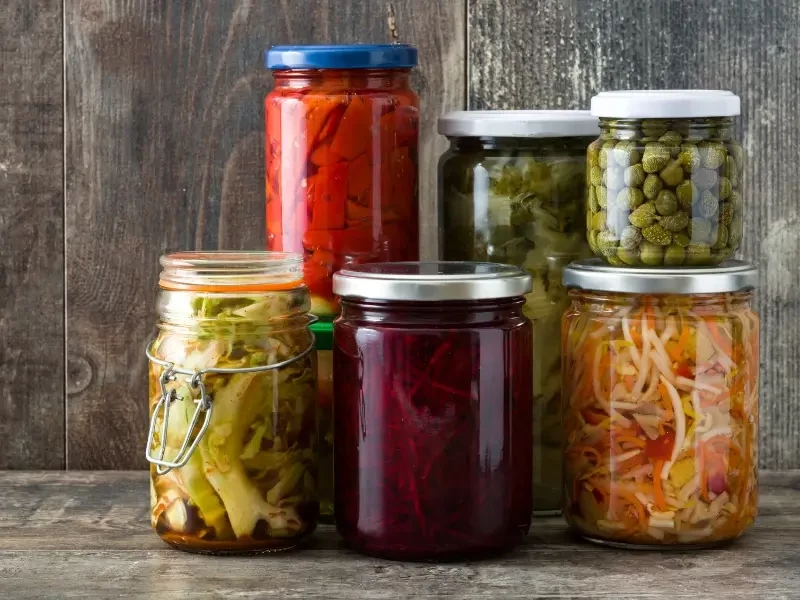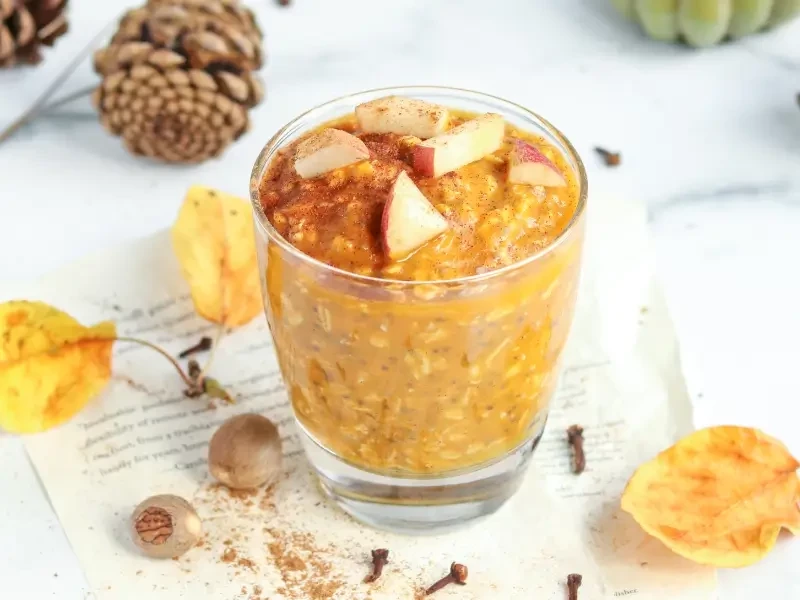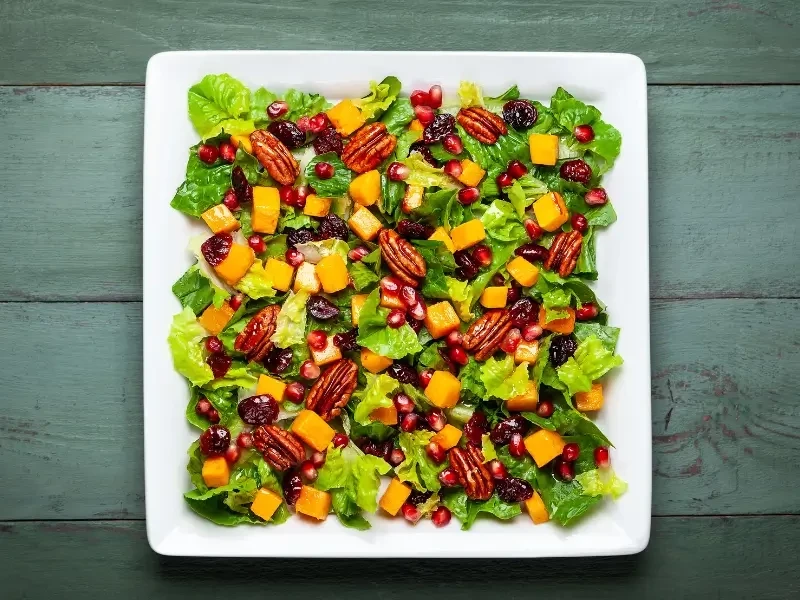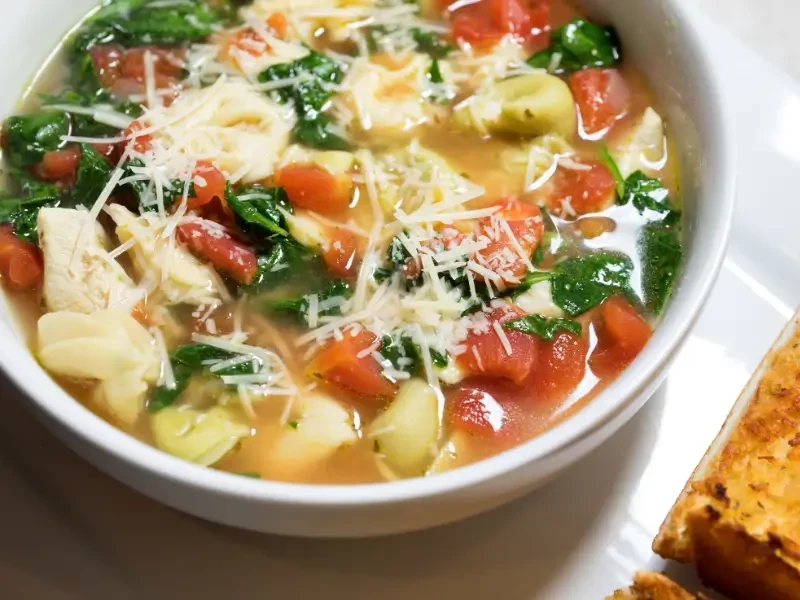The Art of Fermentation
Hey there, lovely readers! Fermenting is like a magical journey of transformation for your produce—turning simple veggies into tangy, flavorful gems that are not only delicious but also bursting with health benefits. You might have heard of kombucha or kimchi, but there’s a whole world of fermented goodness waiting for you to discover. Plus, if you’re like me and find joy in DIY projects, fermenting your own food can be super rewarding!

So, why should you consider fermenting? Besides the bold flavors, fermented foods are also great for your gut health. They’re loaded with probiotics that help balance your gut flora and improve digestion. Plus, they often retain or even enhance the nutrients of the raw veggies. Let’s dive into this tasty world and start with some recipes, shall we?
Recipe Spotlight: Fermented Carrots with Ginger and Turmeric
Carrots are one of those versatile veggies that take on a whole new dimension when fermented. Adding ginger and turmeric not only boosts the flavor but also adds some extra anti-inflammatory and antioxidant benefits. Here’s how you can make your own:
ADVERTISEMENT

Ingredients:
- 4 medium carrots, sliced into sticks
- 1 tablespoon (15g) freshly grated ginger
- 1 tablespoon (15g) freshly grated turmeric
- 1 tablespoon (15g) sea salt
- 2 cups (473ml) water
Instructions:
- Prepare your brine: In a large bowl, dissolve the sea salt in the water, stirring until fully mixed. This will be your brine.
- Pack the jar: Place the carrot sticks in a clean, sterilized mason jar. Add the grated ginger and turmeric, dispersing it evenly throughout the jar.
- Add the brine: Pour the saltwater brine over the carrots, ensuring they are fully submerged. You can use a fermentation weight to keep the carrots down.
- Fermenting: Seal the jar with a lid but don’t screw it on too tightly. Leave the jar at room temperature in a cool, dark place for about 3-7 days. You might want to check and “burp” the jar daily to release any built-up gases.
- Taste test: After about three days, start tasting your carrots. When they reach your desired level of tanginess, they are ready!
Fermented carrots make a great snack, and the vibrant color combo of orange, yellow, and white from the turmeric and ginger will make any meal pop with color.
Tangy Sauerkraut
Next up, let’s talk about sauerkraut. This classic fermentation recipe is known and loved across the globe. Cabbage transforms into a tangy, crunchy delight and all you need are basically just two ingredients.
ADVERTISEMENT

Ingredients:
- 1 medium green cabbage (about 1kg), finely shredded
- 1 tablespoon (15g) sea salt
Instructions:
- Get your cabbage ready: Remove the outer leaves of the cabbage and set them aside. Shred the remaining cabbage finely using a knife or a food processor.
- Mix with salt: In a large mixing bowl, combine the shredded cabbage and salt. Massage the salt into the cabbage using your hands. This part takes a bit of muscle, but it helps to draw out the moisture and create the brine naturally.
- Pack the jar: Once you see liquid at the bottom of the bowl, start packing the salted cabbage into your sterilized jar. Use a tamper or a spoon to press down firmly, making sure the cabbage is submerged in its own brine.
- Cap it off: Take one of those outer leaves you saved and place it on top of the packed cabbage. This helps keep it submerged under the brine.
- Fermentation time: Close the jar with a lid, again not too tight. Leave it at room temperature in a cool, dark place for 1-4 weeks. Check and burp the jar daily, and after about a week, start taste-testing. Once it’s reached your desired tanginess, it’s ready to refrigerate.
Sauerkraut is not only a great topping for your veggie burgers but also a gut-healthy side dish that pairs well with pretty much anything.
So there you have it, folks! Fermenting your favorite produce isn’t just a fun kitchen experiment; it’s a delicious way to boost your health. Whether you’re munching on tangy carrots or crunchy sauerkraut, you’re doing your body—and your taste buds—a major favor. Got any fermentation stories or questions? Drop them in the comments below. Happy fermenting!
If you enjoyed this recipe or have suggestions on how we can improve it, please leave us a comment below. Also, make sure to check out other dishes I’ve created or stories I’ve written about food culture – here.







